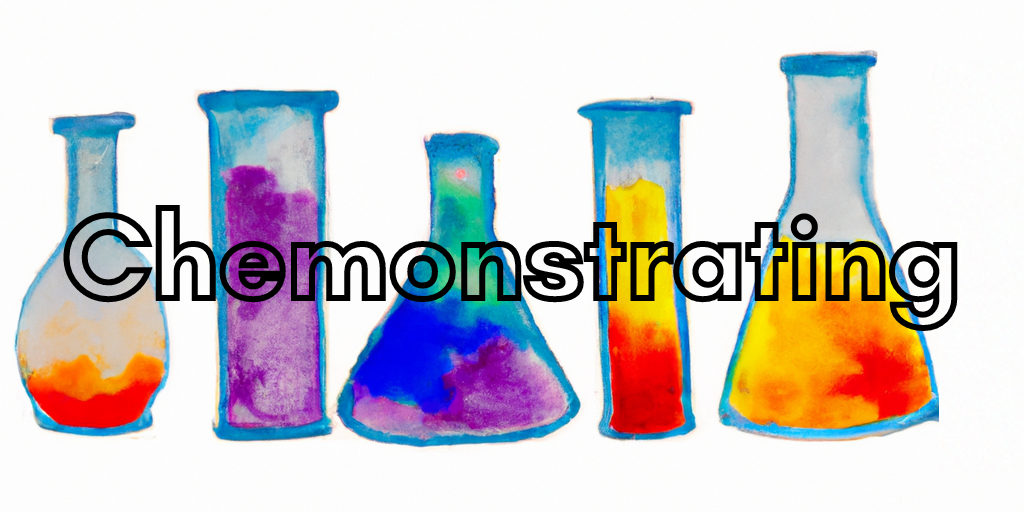Diffusion of Gases
Purpose:
To demonstrate the relationship between molar mass and diffusion rate of a gas.
Materials:
- 2 glass petri dishes
- Cotton balls
- Ring stand and clamp
- 2 rubber stoppers (to fit tube, with no holes)
- Long glass tube open at each end
Reagents:
- Conc. ammonia (NH3)
- Conc. hydrochloric acid (HCl)
Hazards and PPE:
- Hydrochloric acid is acutely corrosive and toxic. Avoid skin contact and inhalation of fumes.
- Concentrated ammonia can cause severe skin burns and respiratory irritation, and is an extreme aquatic toxin. Store and handle with care.
- Wear approved safety goggles and gloves.
Protocol:
Preparation
- Clamp tube horizontally on ring stand.
- Fill petri dishes with NH3 and HCl respectively and add cotton balls. Cover with parafilm and label.
Demonstration
- Take cotton ball from NH3 petri dish, place in end of tube, and stopper tube.
- Fully cover Petri dish.
- Quickly repeat with HCl cotton ball, place at opposite end of tube and stopper tube end.
- Fully cover Petri dish.
- Observe a white ring (NH4Cl) form after a few minutes. It should be closer to the side in which you place the ammonia cotton ball.
Additional Notes:
- Results are only semi-quantitative due to air.
- Results do not follow Graham’s Law of Effusion because the gases are diffusing through air.
Disposal:
- Rinse out tube in a fume hood with water, collecting runoff in a large beaker already containing water. Tube can then be cleaned normally.
- Any remaining solutions, including runoff beaker, can be poured down sink with excess water.
- Cotton balls can be thrown in trash.
Reactions:
- HCl(g) + NH3(g) → NH4Cl(g) + H2(g)
Citations:
- This demo adapted from the demo library of the Chemistry department at the University of Illinois at Urbana-Champaign.
Videos:
Ammonia and hydrogen chloride diffusion experiment
Nigel Baldwin
